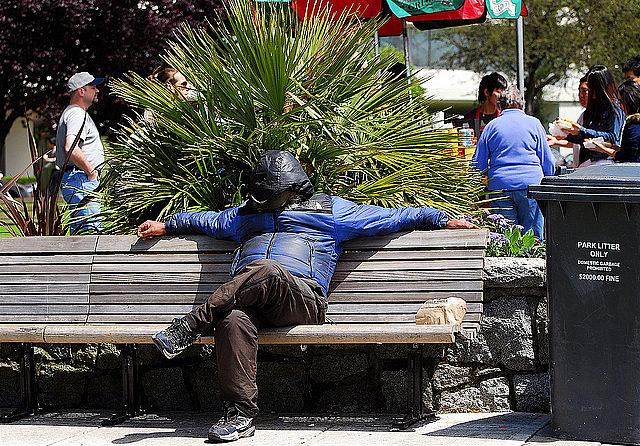To understand how Calif. authorities approach mental health incidents, data will prove key

My story for the 2015 California Data Fellowship will look at mental health encounters involving police and deputies, hospitals and emergency rooms, jails and courts.
The goal is to quantify different type of mental health encounters. I will use the available data to better understand policy decisions. I will also use the data to compare policies in different jurisdictions and counties.
The most basic type of encounter is the “5150,” or when law enforcement engages with someone who is mentally unwell on the streets. There are also 5150 holds at hospitals and jails. My first step is to collect data on all these encounters in major California counties.
I’m going to start at the top, at the state, for advice on what data is out there and how to get it. My next step will be to contact local governments. Then, I’ll reach out to private organizations and nonprofits.
My hunch is that there are data sets out there that I’d never guess exist. There’s also potentially a wealth of data at hospitals (prescriptions and more) and courts (especially mental health courts). Looking at homelessness continuums of care and mental wellness, or the crossover of substance abuse and mental health, could turn up relevant data, too. Police dispatch records may also show how law enforcement labels suspects who are mentally unwell but don’t qualify for 5150 holds.
One of the reasons this data is crucial is because mental health policy and treatment in California is evolving.
Between 2007 and 2011, many local governments gutted their mental health budgets. This meant that police were the first line of contact for most mentally unwell people. It also meant that there were fewer treatment options. People not trained to deal with mental illness, when combined with less resources, has resulted in an even bigger problem. That’s what governments are dealing with in 2015.
In Sacramento, I spoke with the top director of mental health at the county earlier this summer. The good news is her department is turning the corner; it's implementing all sorts of innovative and experimental programs. But there's no denying the damage done by past cuts. Meanwhile, other counties do things differently, and have different problems. It will be fascinating to compare the data in each county with their policy solutions.
A few key comments got me interested in this topic, and I will work on quantifying these statements with data:
- The woman in charge of mental health training for all regional law enforcement told me that at least half of all encounters on an officer's shift involve someone who is mentally unwell.
- Sacramento's chief public defender told me 40 percent of cases at the Sacramento County Superior Court involve mentally unwell defendants.
Clearly, I will have to establish a calendar and timeline for data requiring a FOIA or a Public Records Act request.
I will also have to expand my data sets, since a story only about 5150 holds might not be an accurate snapshot of reality on the streets (I’d wager that a majority of mental health encounters never get tagged as 5150).
Since this is a story with a statewide focus, I will offer it up for free to fellow weekly papers in California that are part of our “alt weekly” network. I've forged similar partnerships in the past, on health care and climate change stories.
Thanks for any advice and help!
[Photo by Patrick Doheny via Flickr.]

